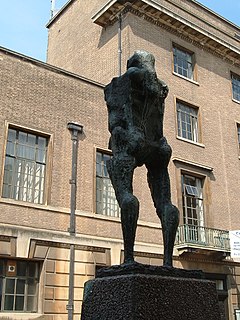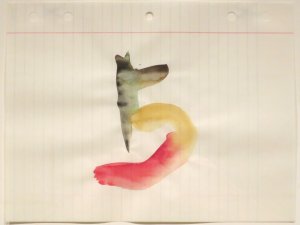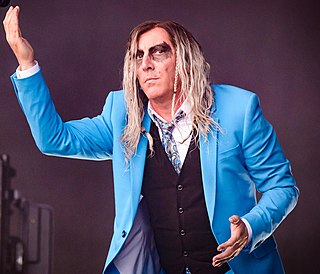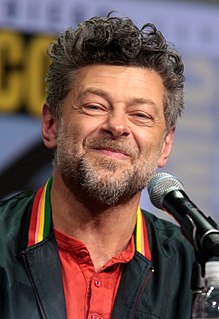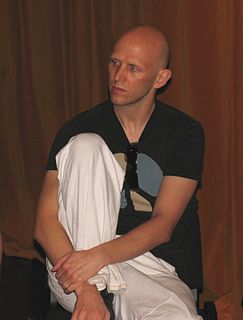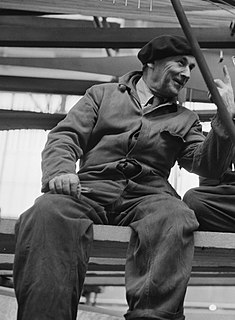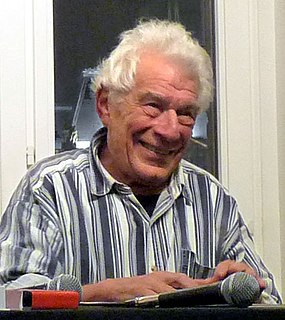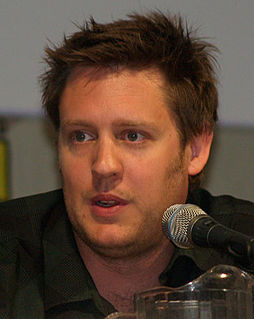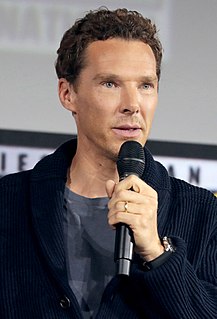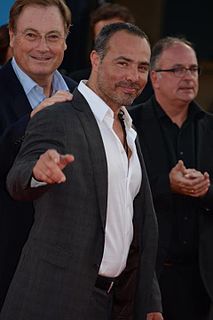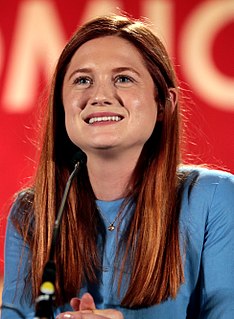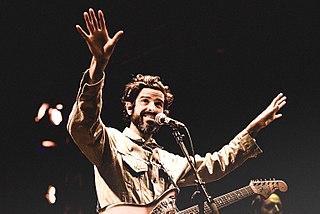A Quote by Michael Ayrton
The process of drawing is... the process of putting the visual intelligence into action, the very mechanics of visual thought. Unlike painting and sculpture... the artist makes clear to himself and not to the spectator what he is doing. It is a soliloquy before it becomes communication.
Related Quotes
If you're going to be a visual artist, then there has to be something in the work that accounts for the possibility of the invisible, the opposite of the visual experience. That's why it's not like a table or a car or something. I think that that might even be hard for people because most of our visual experiences are of tables. It has no business being anything else but a table. But a painting or a sculpture really exists somewhere between itself, what it is, and what it is not-you know, the very thing. And how the artist engineers or manages that is the question.
I can't separate the process of writing from the visual process. I'm speaking only for myself here, but I'm a highly visual writer. In my imagination, when I'm thinking of a scene, I think of every last detail of it: The space, the color palette, the blocking of the actors, the placement of the camera.
For me, the perfect film has no dialogue at all. It's purely a visual, emotional, visceral kind of experience. And I think one can create wonderful depth and meaning and communication without using words. I started out as an illustrator and a cartoonist and caricature artist, so for me the visual is primary.
After painting comes Sculpture, a very noble art, but one that does not in the execution require the same supreme ingenuity as the art of painting, since in two most important and difficult particulars, in foreshortening and in light and shade, for which the painter has to invent a process, sculpture is helped by nature. Moreover, Sculpture does not imitate color which the painter takes pains to attune so that the shadows accompany the lights.
I was very nervous about doing the Entertainment Weekly cover, because I thought, "Okay, this is the first taste, this is the first visual moment." By then I obviously knew a lot of the more iconic moments in his comic history, but still it's me. It's not a drawing, it's not an artist; it's me and I'm kinda frightened, but it seemed to go down.
